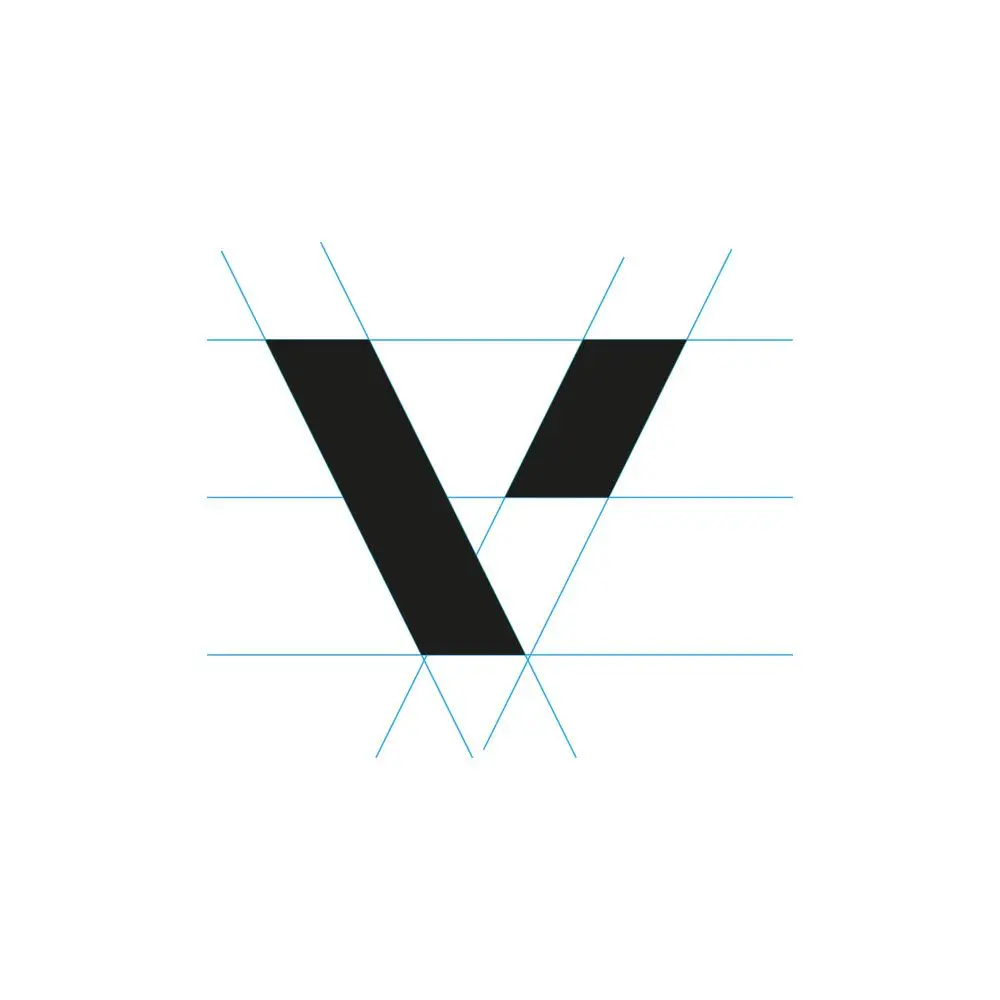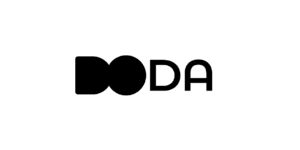
SEO Handbook
SEO Introduction
Keywords/Keyphrases
Keywords or key phrases are essentially what you want that specific site to rank for when people are searching for what they are looking for on search engines e.g. Digital Agency Cardiff, CGI Companies Cardiff etc.
To find out what Keywords we should be using, we can conduct keyword research. There are a couple of keyword research tools that can be used for this and often you can get a good idea by asking the client who their competitors are, or what they think they’re customers would be searching for.
Generally, we would put together a hierarchy of search terms for the keywords chosen. Broad terms at the top, with more specific terms underneath. E.g. ‘Marketing Agency’ would be a nationwide broad keyword, ‘Marketing Agency Cardiff’ would be a broad local search term. Then underneath these, we would target more specific keywords like ‘social media marketing agency cardiff’ and so on.
Some keywords are more difficult to rank for than others because for broader terms there are naturally more businesses competing for the same keywords. The more competitive the keyword, the more difficult it takes to rank.
Types of SEO
SEO services are generally split into three main types, however for a site to really start ranking for competitive ‘keywords’ then it is absolutely necessary to work on all three aspects. Some of these types have some crossovers, so essentially they all need to form part of the overall strategy.
Technical SEO
Technical SEO is essentially making sure that there are no issues in the site structure, layout and build.
Key areas:
Site Architecture: how the site is structured and built. How easy is it to navigate through? This means making sure that all pages are structured and indexed correctly from a navigation perspective.
Site Speed: How fast does the site load? Optimising images, code and ensuring the site is using a suitable host and a CDN (content delivery network) to ensure the site loads as fast and smoothly as possible.
Responsive: Making sure the whole site works on any device and is optimised for desktop and mobile and search engines score differently for each depending on which the browser is using.
On Page SEO
As previously mentioned, a large amount of SEO work closely links together to form part of the overall SEO strategy. The ‘On-Page SEO’ is essentially optimising the actual content on the website to rank for the target keywords.
Key areas:
Content: Making sure all content is optimised for the target keywords, means using correct titles and title structures are correct.
Page Meta Tags & Descriptions: optimising page titles, urls and descriptions are correct and optimised for the keywords.
Images: Making sure images have relevant titles, alt texts and descriptions for the content and keywords.
Readability: Making sure the content is relevant and easy to read. Short paragraphs written correctly.
Internal Linking: linking to relevant content in the same website. This makes it easier for visitors to navigate through.
Off Page SEO
Off page SEO is essentially promoting the website to gain ‘backlinks’ into your website. This is essentially other websites promoting your website. Search engines see this and think that if others are promoting your website, then the content must be good and relevant, so ranks it higher.
This is the most important and also most difficult and comes down to a combination of networking, producing content specifically for PR or buying paid links or PR.
The easiest links to get are from site owners you know, directories and guest articles and blogs.
Domain Authority
You’ll probably hear the term Domain Authority used a fair amount when researching or discussing SEO. Domain Authority, often called DA, is essentially the score a domain has been given by search engines about a certain topic.
All of the factors above play a part in this and also includes things like number and quality of links, social links, site longevity and domain name.
Optimisation & Analytics
SEO as with any other digital marketing activity is about constant ongoing optimisation. This means constantly updating content, tracking keywords and trends to make sure the site and it’s content is optimised accordingly.
You can use SEO tools such as SEMRush, Google Analytics, Search Console to track trends and performance and then site SEO tools such as Yoast or RankMath to analyse your site content.
Monitoring, analysing and optimising is a key part of SEO and should form part of the monthly packages.
Monthly Packages
Monthly packages are the best option for the client as SEO is an ongoing and lengthy process. It requires constant monitoring and optimisation, which isn’t possible without monthly work.
We recommend offering a few tiers of packages and you can include everything discussed above, plus monthly reports that give the clients updates on their keyword ranking progress, links progress and overall site performance.
We also offer content writing for blogs/articles here either as part of the packages or maybe even an additional upgrade as well.
One-Time Packages
Those that don’t want a monthly package, we offer one-time packages that offer things such as overall site optimisation as it is, or a one-time keyword research and implementation package. We also offer a one-time consultation or ‘site audit’.






